
Discover
Faithlegg
The History & Legends Of Faithlegg
Faithlegg stands at the head of Waterford Harbour, where the three sister rivers of the Barrow, Nore and Suir meet. As a consequence, it has been to the fore in the history of not just Waterford but also Ireland. For it was via the harbour and these rivers that the early settlers entered, and from the hill that we stand under, the Minaun, that the harbour was monitored. Here, legend tells us, sleeps the giant, Cainche Corcardhearg son of Fionn of the Fianna, who was stationed here to keep a watch over Leinster.
A Norman named Strongbow landed in the harbour in 1170 and this was followed by the arrival of Henry II in October 1171. Legend has it that Henry’s fleet numbered six hundred ships and one of the merchants, who donated to the flotilla, was a Bristol merchant named Aylward. He was handsomely rewarded with the granting of seven thousand acres of land centred in Faithlegg. The family lived originally in a Motte and Baily enclosure the remains of which is still to be seen. Followed by Faithlegg Castle and the 13th century church in the grounds of the present Faithlegg church dates from their era too. The family ruled the area for five hundred years until they were dispossessed in 1649 by the armies of Oliver Cromwell. The property was subsequently granted to a Cromwellian soldier, Captain William Bolton.
Over a century later in 1783 the present house was commenced by Cornelius Bolton, who had inherited the Faithlegg Estate from his father in 1779. Cornelius was an MP, a progressive landlord and businessman. Luck was not on his side, however, and financial difficulties followed. In 1819 the Bolton family sold the house and lands to Nicholas and Margaret Mahon Power, who had married the year before. It was said that Margaret’s dowry enabled the purchase. The Powers adorned the estate with the stag’s head and cross, which was the Power family crest. It remains the emblem of Faithlegg to this day.
The House passed to Hubert Power, the only son of Pat & Lady Olivia Power, and in 1920, upon Hubert’s death, it passed to his daughter Eily Power. In 1935 Eily and her husband sold the House to the De La Salle order of teaching brothers after which it acted as a junior novitiate until 1986.
The last remaining gap in history is from the 1980’s until 1998 when it was taken over by FBD Property and Leisure Group.
Many of the room names in Faithlegg today hold historical significance.
The Roseville Rooms – Dining Room
Before Cornelius Bolton built Faithlegg House Hotel in 1783, a smaller house stood on the site. Cornelius’s father rented it to the Penrose family, a family with a long tradition in the glass making industry which was to make Waterford a household name. They called the house Roseville.
The Adelaide Blake Suite – Conference Suite
Adelaide (1834-1907) was the youngest daughter of Nicholas & Margaret Power. The mayor of Waterford, John A Blake, courted her, but her father thought the marriage was unsuitable and forbade it. After her father’s death, Mr Blake sought her hand again and her brother granted his permission to Adelaide who was then aged forty. When Blake died 13 years later, Adelaide commemorated him with a stained-glass window in Faithlegg Church. She is remembered with fondness by the Citizens of Cheekpoint for whom she built a reading room.
The Cornelius Bolton Room
Cornelius Bolton (1751 – 1829) inherited the Faithlegg Estate from his father in 1779. He built Faithlegg House in 1783. He was a very progressive landlord and did much to improve the lot of his tenants. He established a small port at the nearby village of Cheekpoint, where he built a textile factory and a hotel. He also started a cobalt mine in Faithlegg. Unfortunately, all these enterprises failed and he went bankrupt. He died in Waterford city in 1829 and is buried in the old church in Faithlegg graveyard.
Lady Olivia Room
Lady Olivia Jane Nugent was a daughter of the 9th Earl of Westmeath. She married Pat Power in 1859. They lived first at Woodlands & from 1873 they resided at Faithlegg. Lady Olivia had a passion for gardening and it was she who laid out the grounds at both houses.
Nicholas Power Room
Nicholas Mahon Power (1787-1873) inherited Ballinakill near Waterford, and in 1818 married a wealthy Dublin heiress named Margaret Mahon. Her dowry enabled him to buy Faithlegg Estate from Cornelius Bolton. He built the Catholic Church there in 1824, and added the church steeple shortly before he died. A man of great wealth he contributed generously to charities in Waterford and represented the country in parliament for 12 years.
Miss Maud’s Room
Miss Maud Anne Power (1860- 1938) was the eldest child of Pat and Olivia Power born 18th Feb 1860 in Faithlegg House. Maud was an artistic child and travelled widely with her parents. She was known for her artistic pursuits which included many water colour scenes of the local area. She also wrote and illustrated a book based on her travels called “Wayside India” in the early 1900’s.
John Roberts Room
John Roberts (1714-1796) was a gifted Waterford architect who designed the cities Two Cathedrals, City Hall, Chamber of Commerce and Infirmary. He leased land from Cornelius Bolton at Faithlegg, here he built his own house which he called Robert's Mount. He built mansions for local gentry and was probably the builder of Faithlegg House in 1783.
Margaret Power Room
Margaret Power was the only daughter and heir to Nicholas Mahon of Dublin. She married Nicholas Power in 1818 and the couple came to live in Faithlegg. It was not a happy marriage and, following a legal separation in 1860, she returned to live in Dublin where she died in 1866. Her room was originally known as the Blue Room. According to family tradition, her spirit occasionally returns to this room in search of her jewellery!
The New Geneva Room
In 1783 Cornelius Bolton was involved in a scheme to establish a colony of emigrant Genevese artisans & intellectuals near Passage East. The architect James Gandon was employed to build the 'City of New Geneva' to house them. It failed mainly due to capital shortage. The planned city of New Geneva became a notorious military barracks & internment camp during the 1798 rebellion. It was from here that many of the rebels were marched to Passage East for transportation to Australia and the ballad of the Croppy Boy remembers their fate.
Arthur Young Room
Arthur Young (1741-1820) was an English farmer, adventurer and travel writer. He actually visited Faithlegg twice; in 1776 and again in 1778, and stayed as a guest of the Boltons. He had a fascination for farm enhancement and enterprises and as he travelled the countryside he stayed as a guest with the landlords of an area and detailed all that he saw. He recorded and published this as a book titled “A Tour in Ireland 1776-1779” in 1780.
St Ita’s Room
St Ita (circa 470-570) is second only to St. Bridgid in the pantheon of early Irish female saints. She was a princess of the Deise tribe of Waterford who set up a monastery in Killeedy, East Limerick. She was known as the godmother to the Irish saints, one of her students included St Brendan the navigator. Some say she was actually born in Faithlegg, but that is unproven. Her holy well is opposite the church.


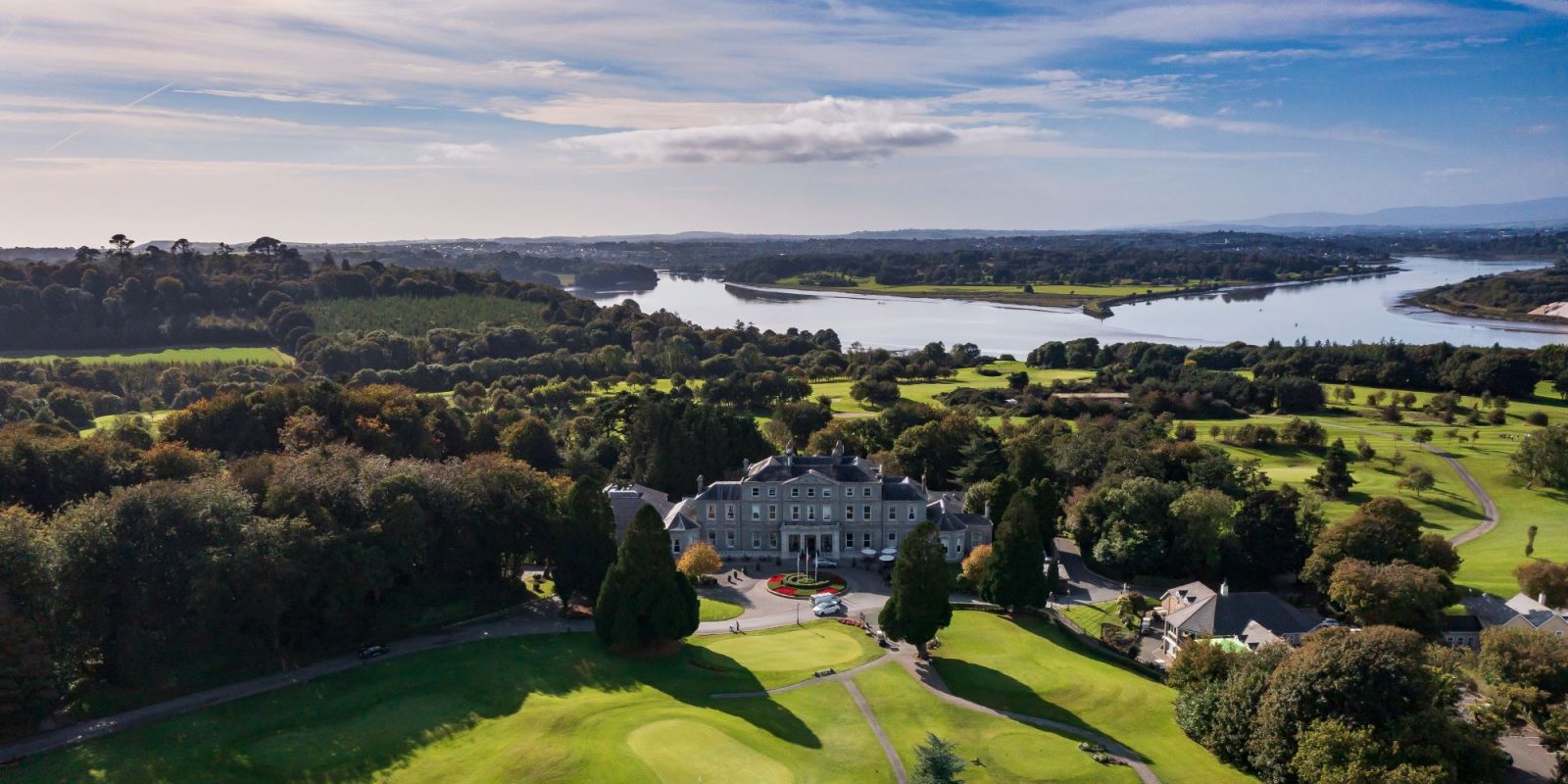
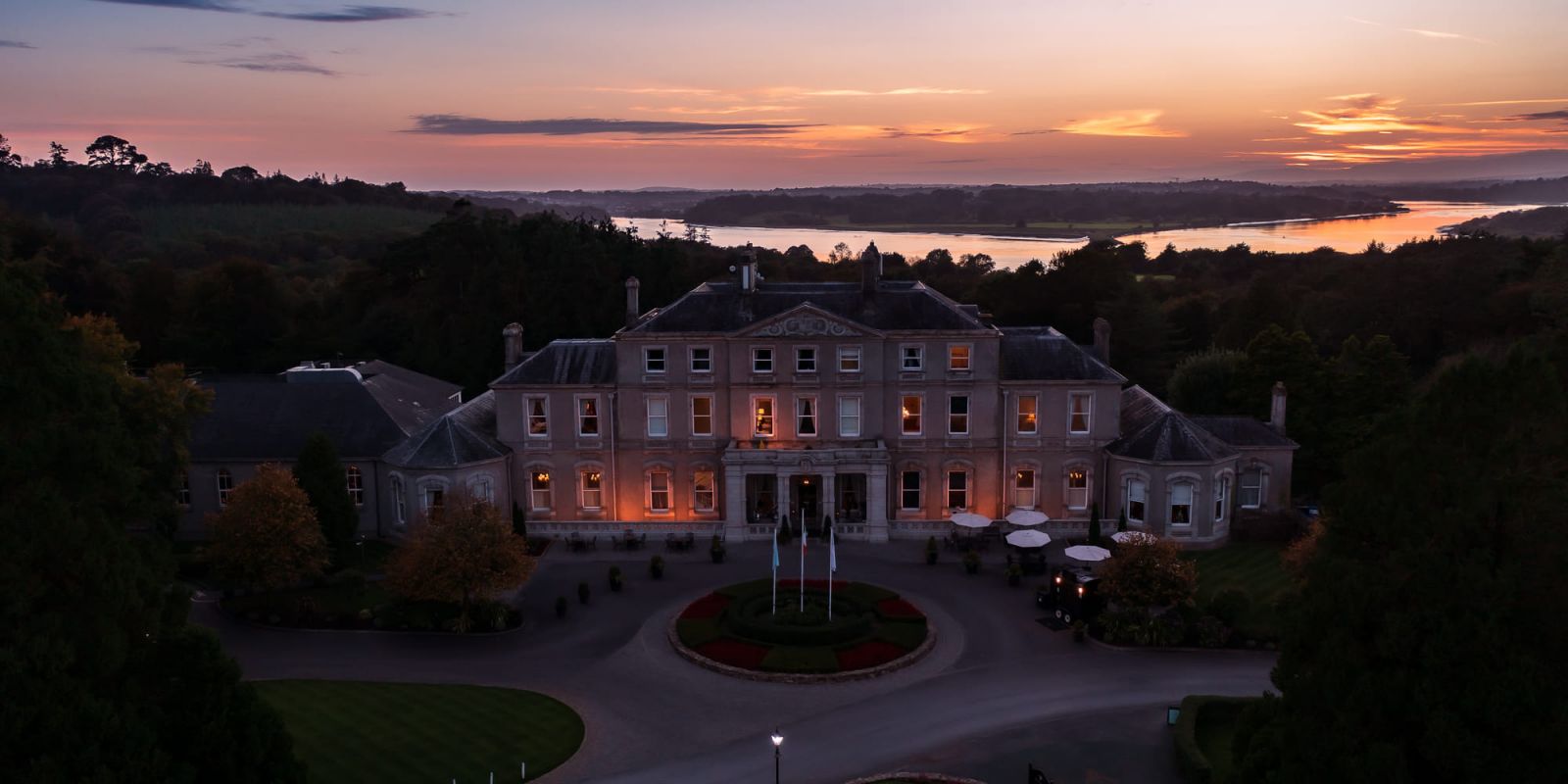
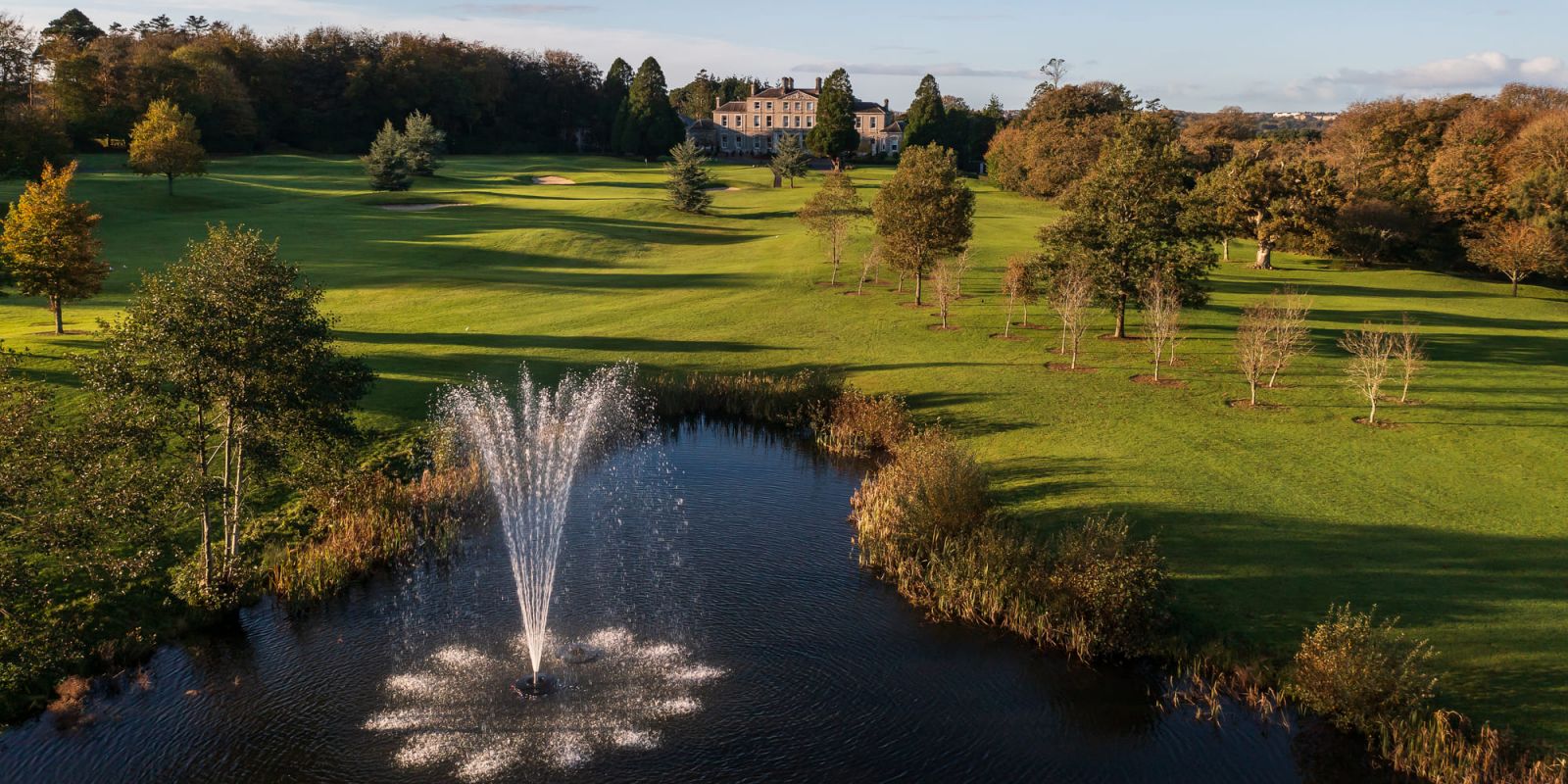
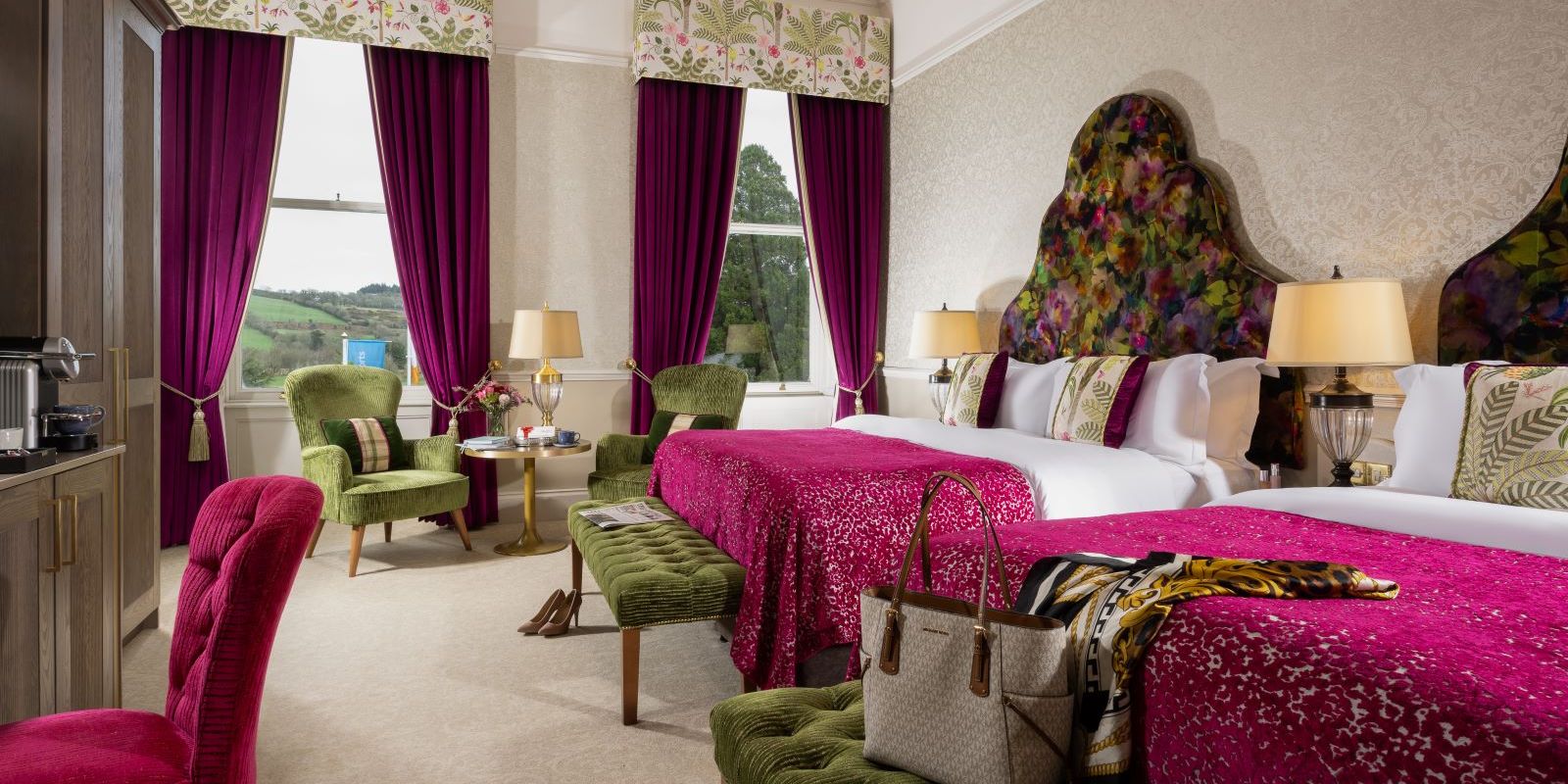
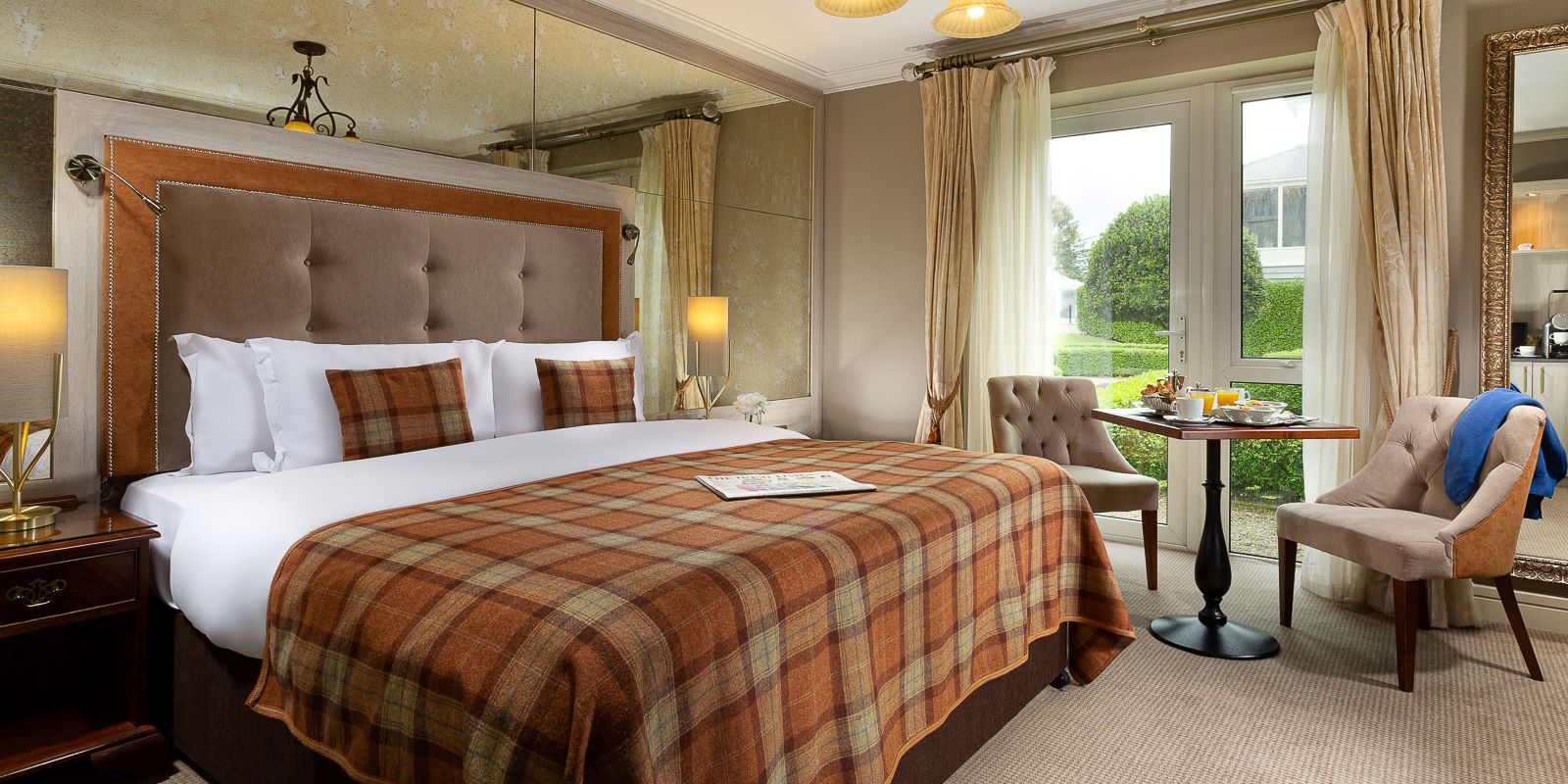
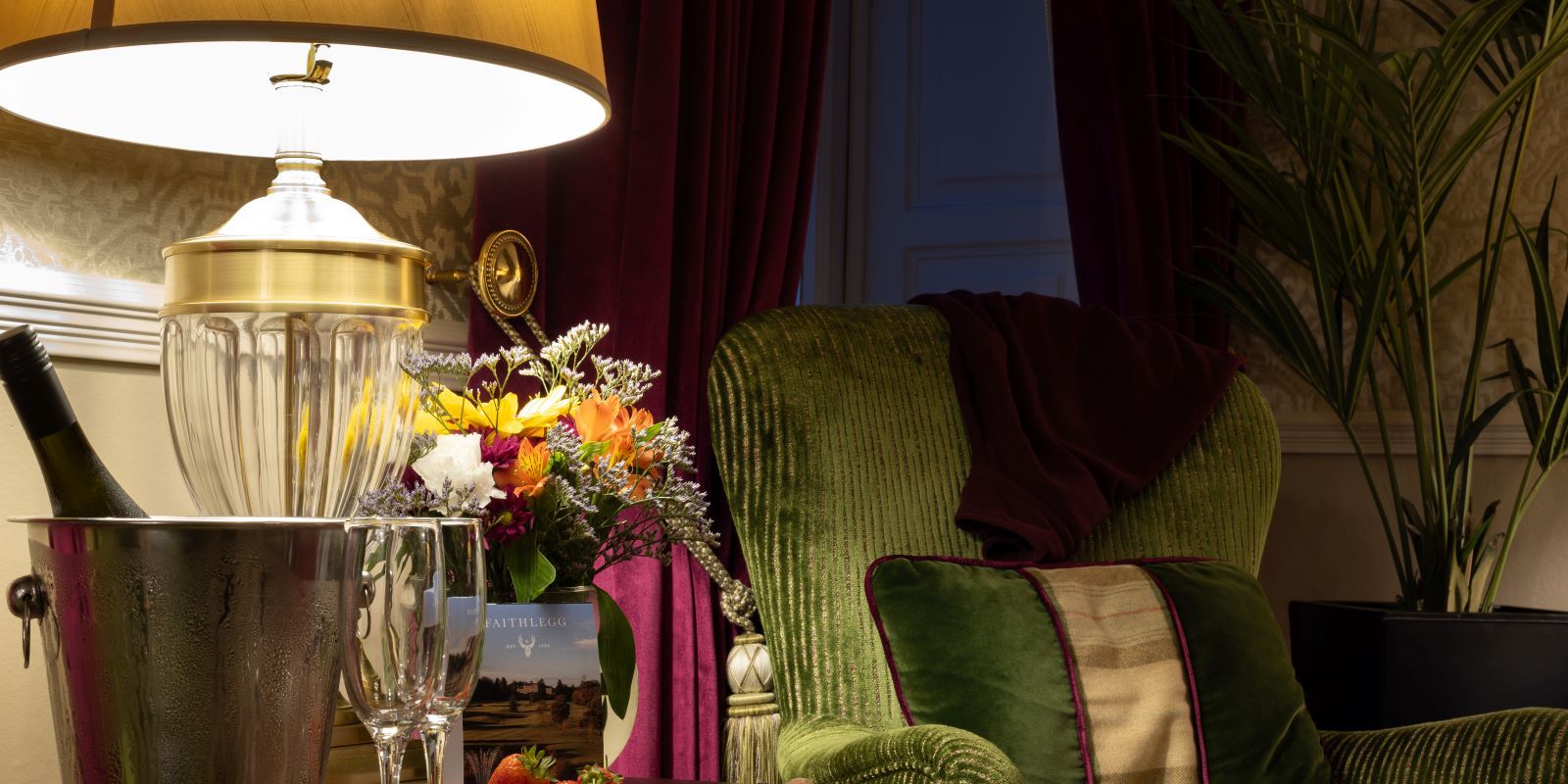
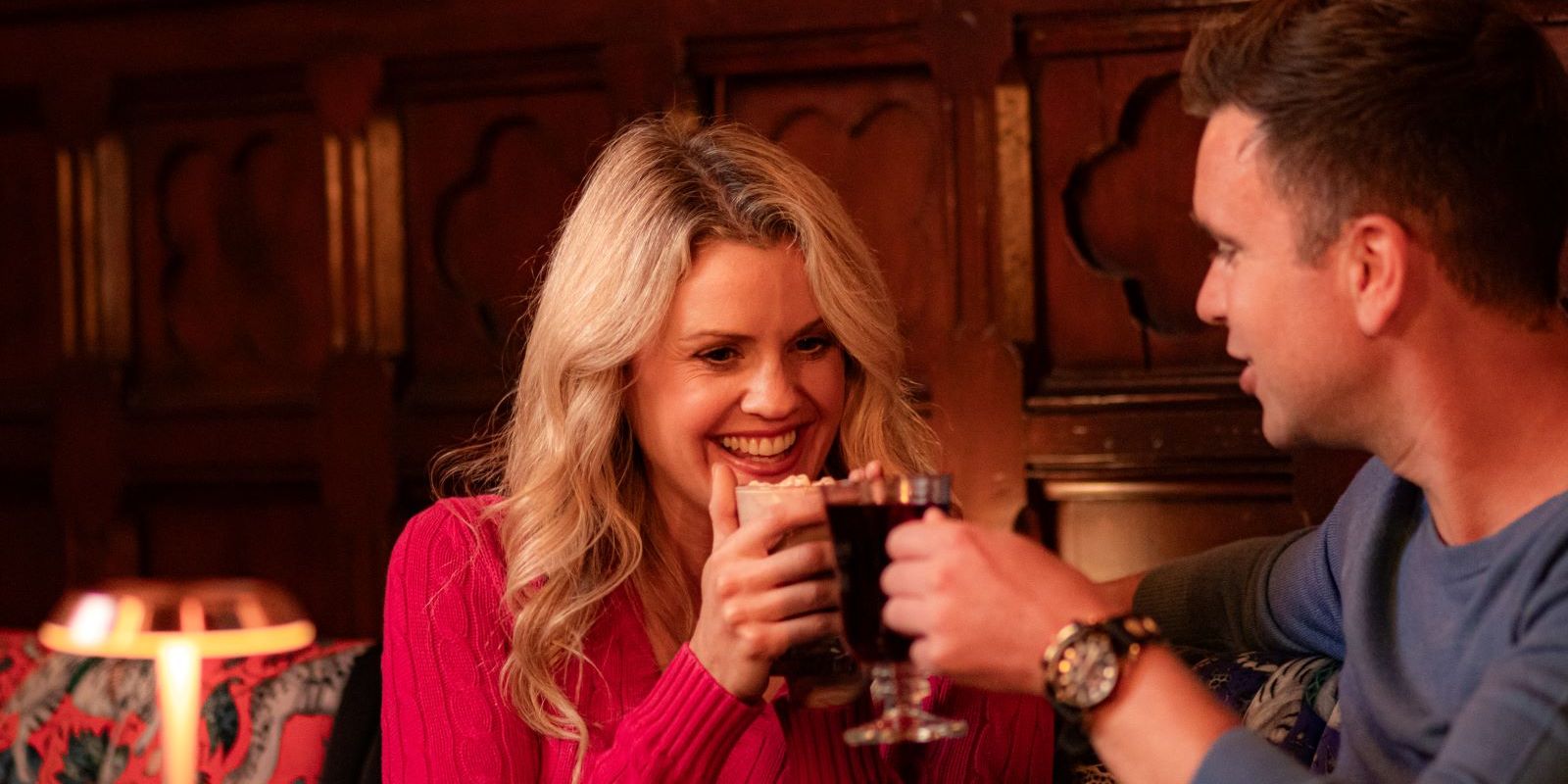
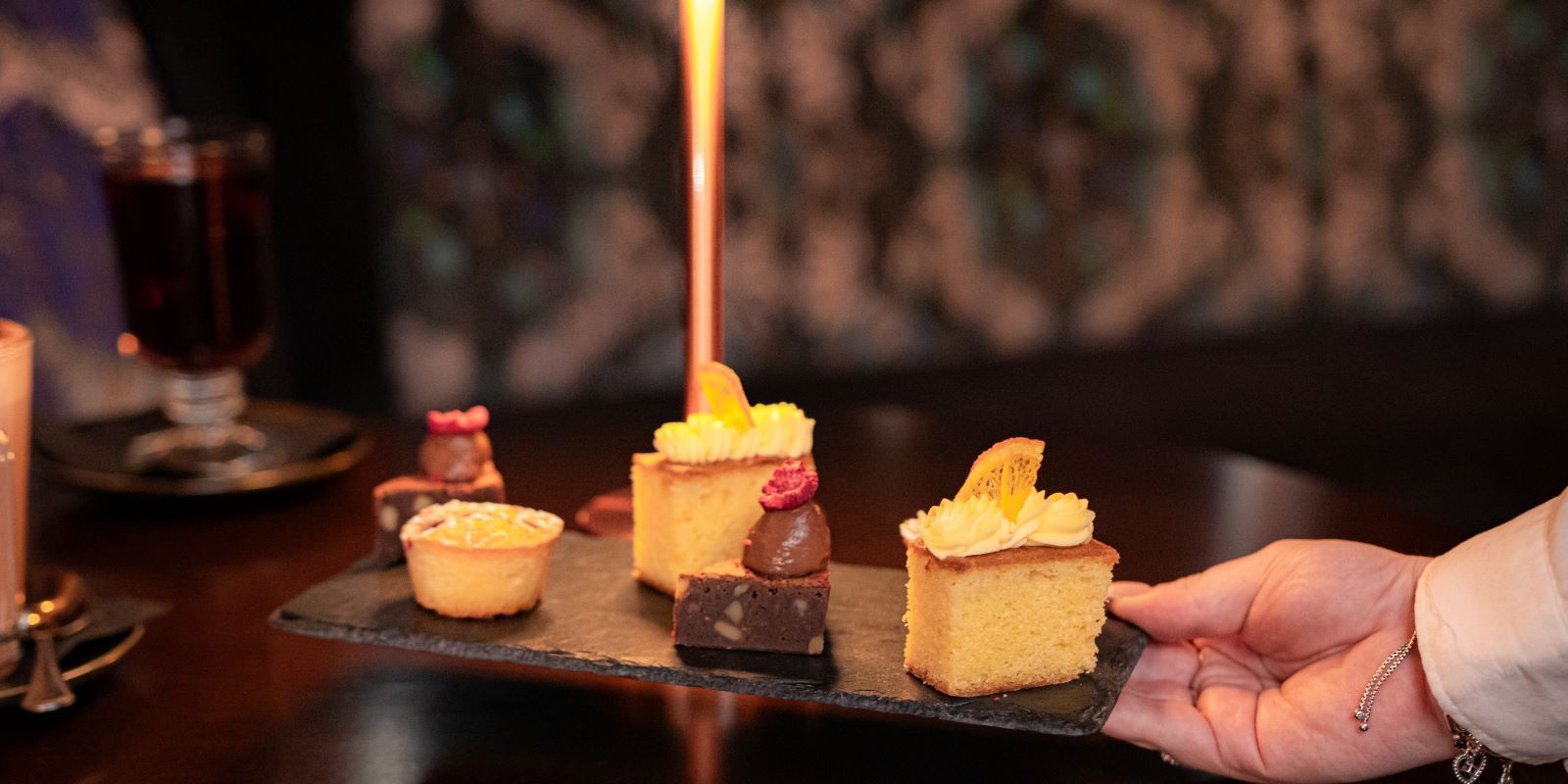
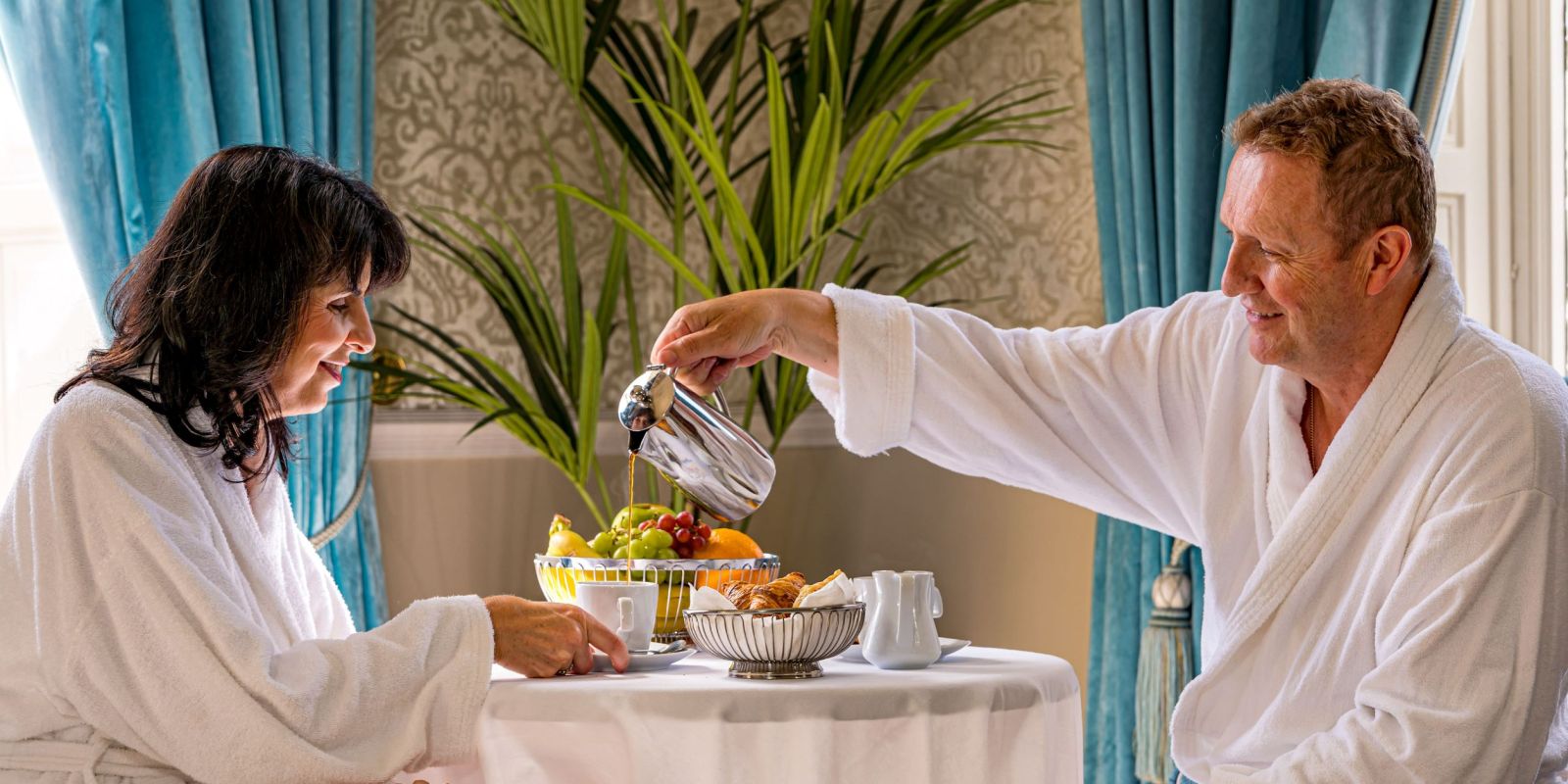
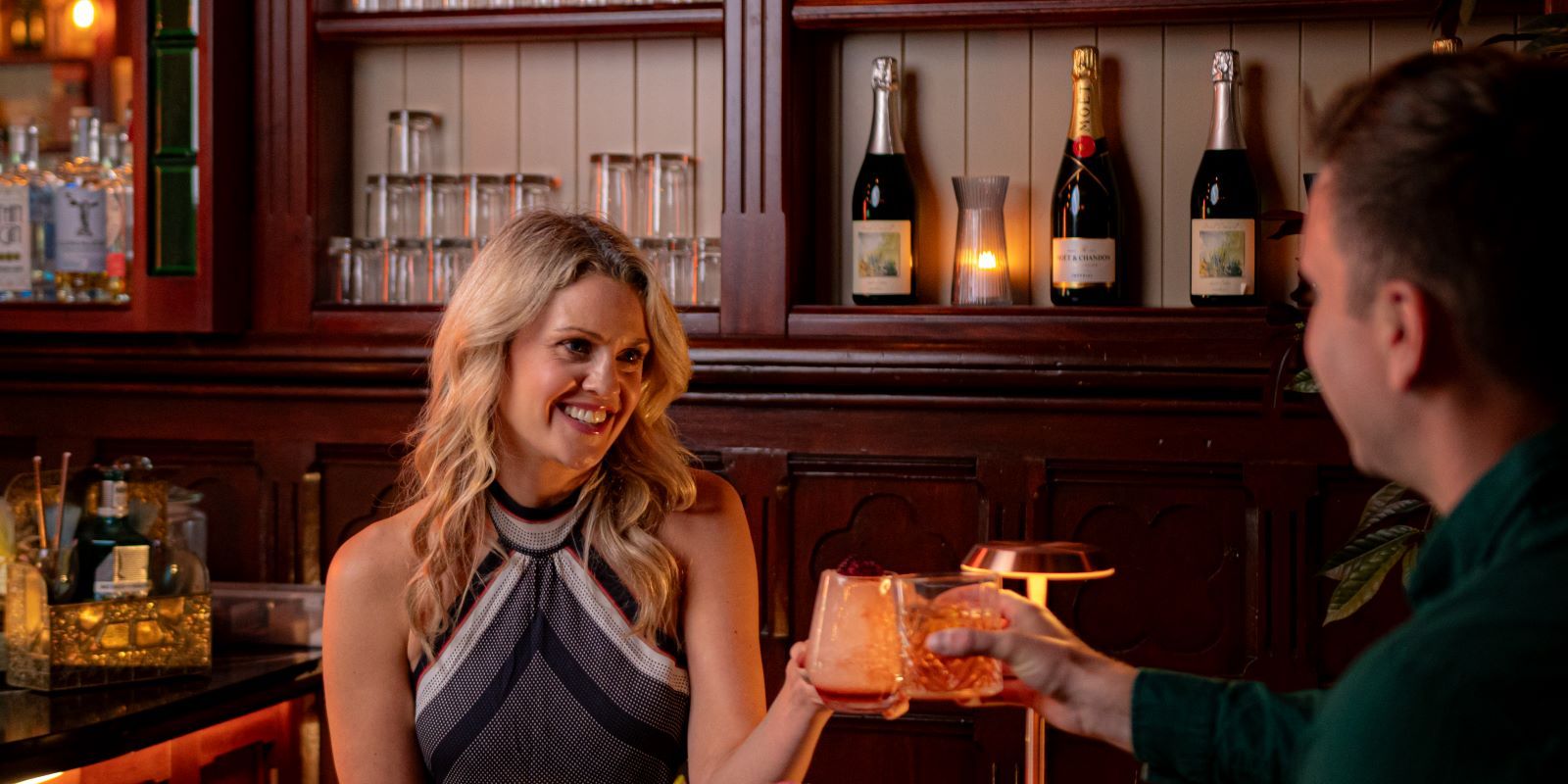
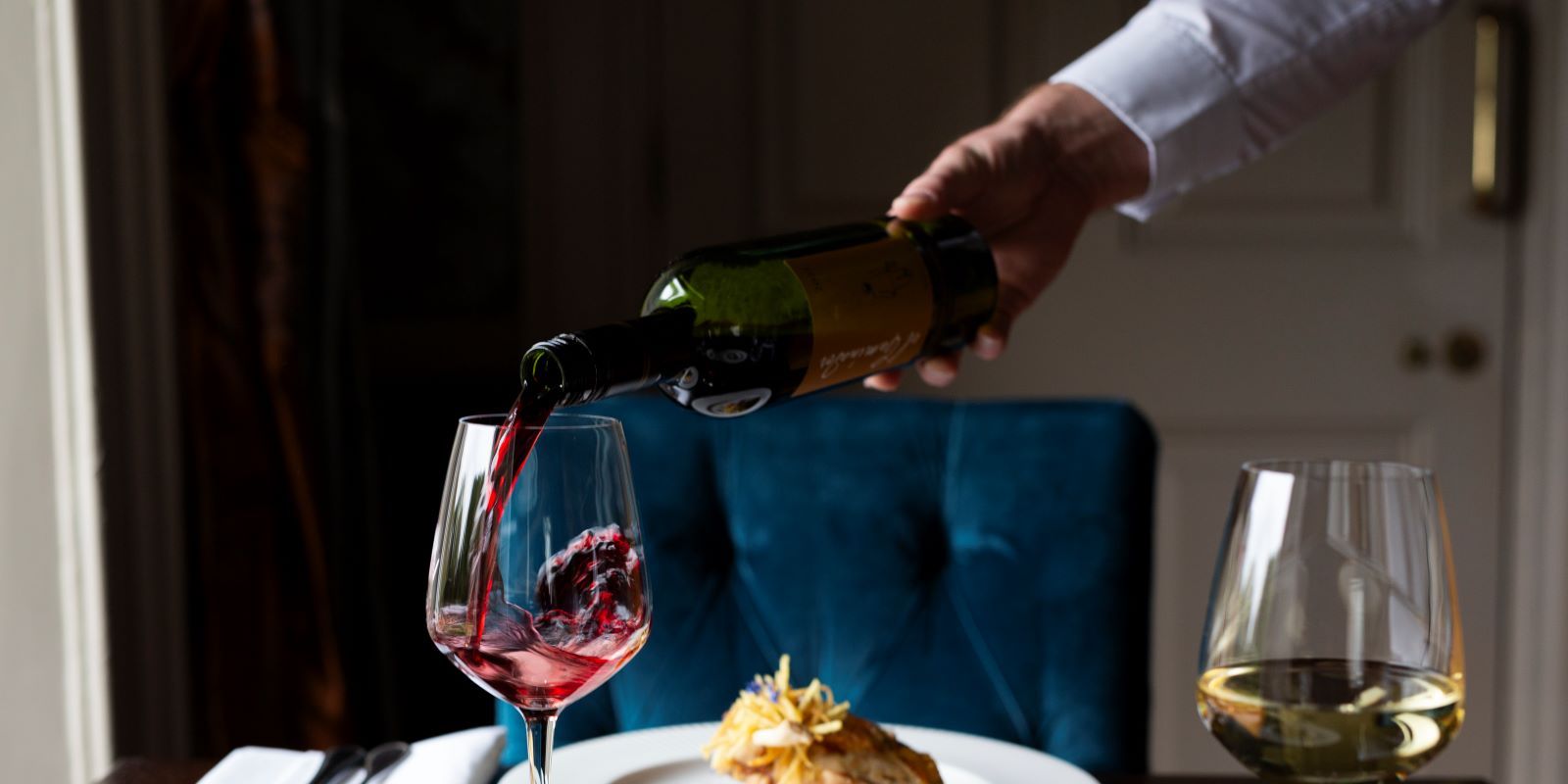
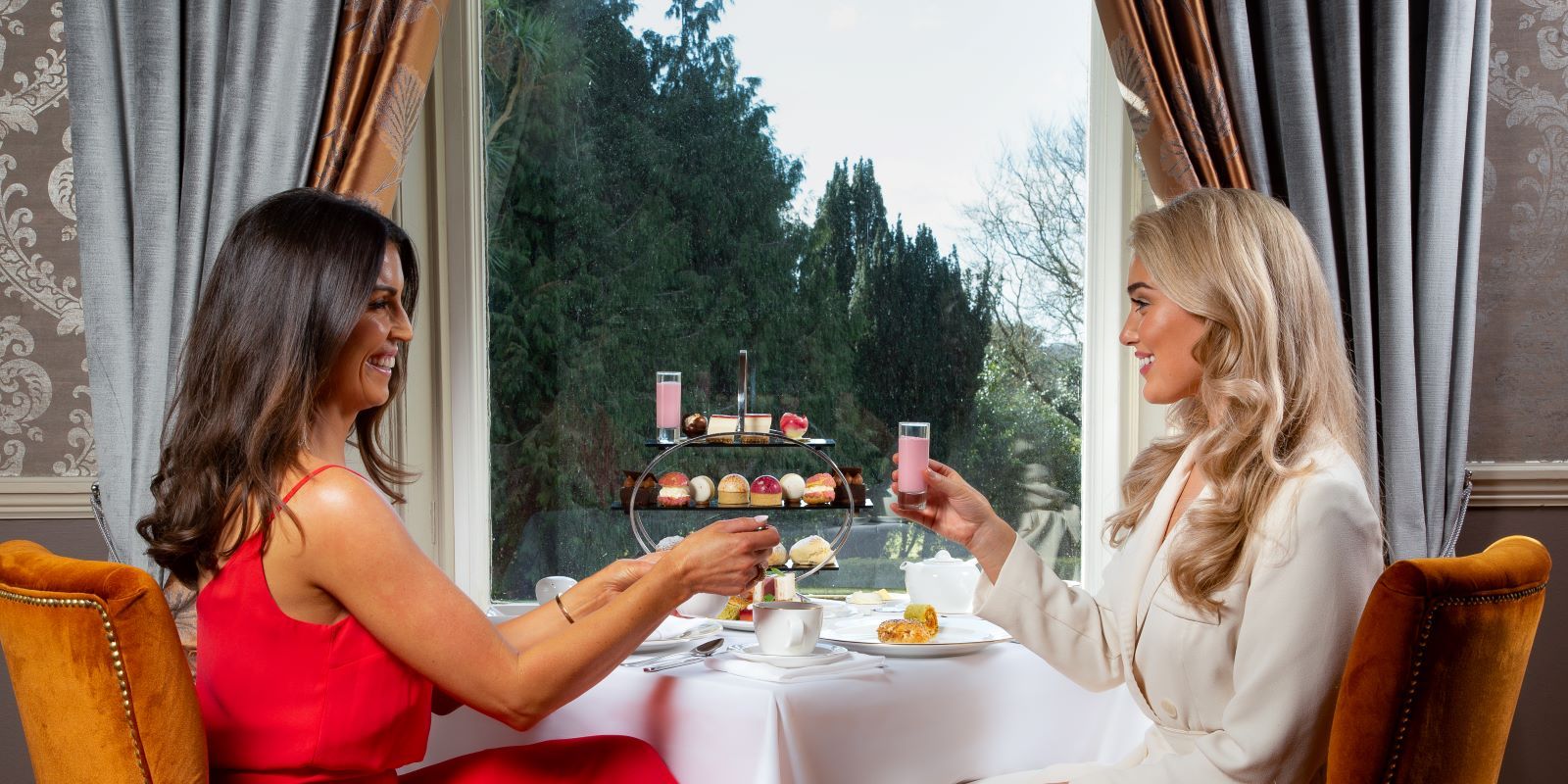
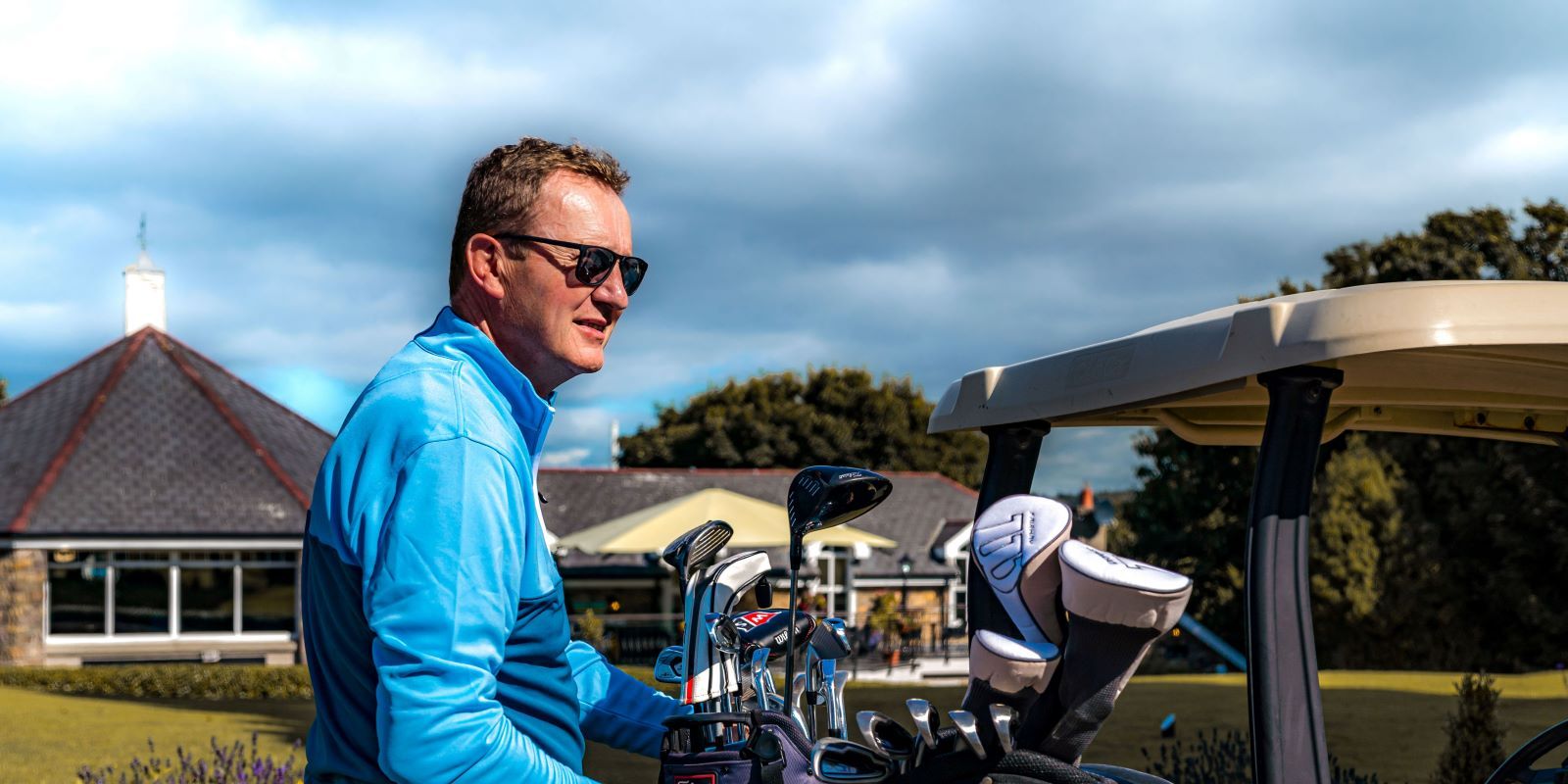
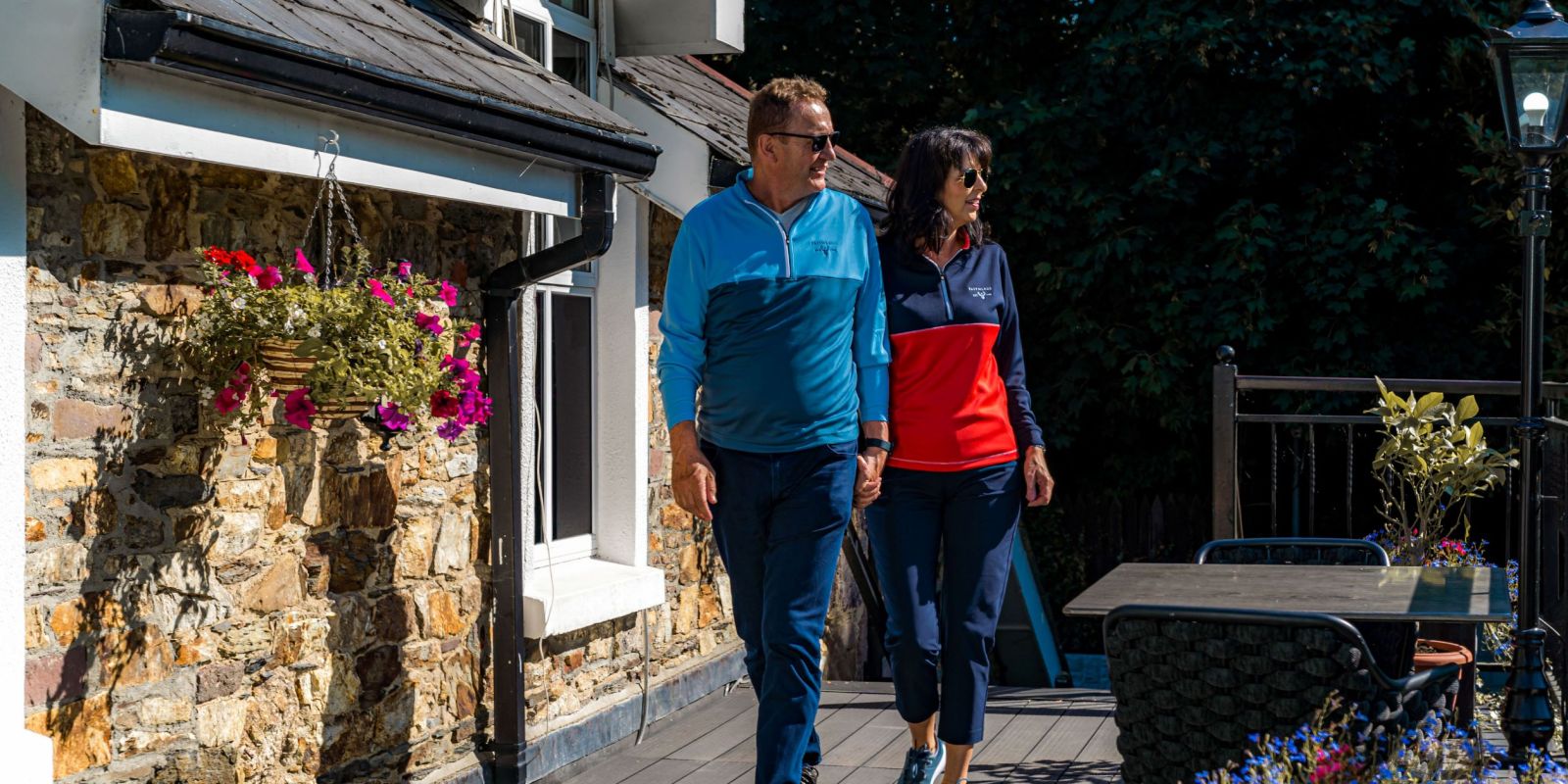
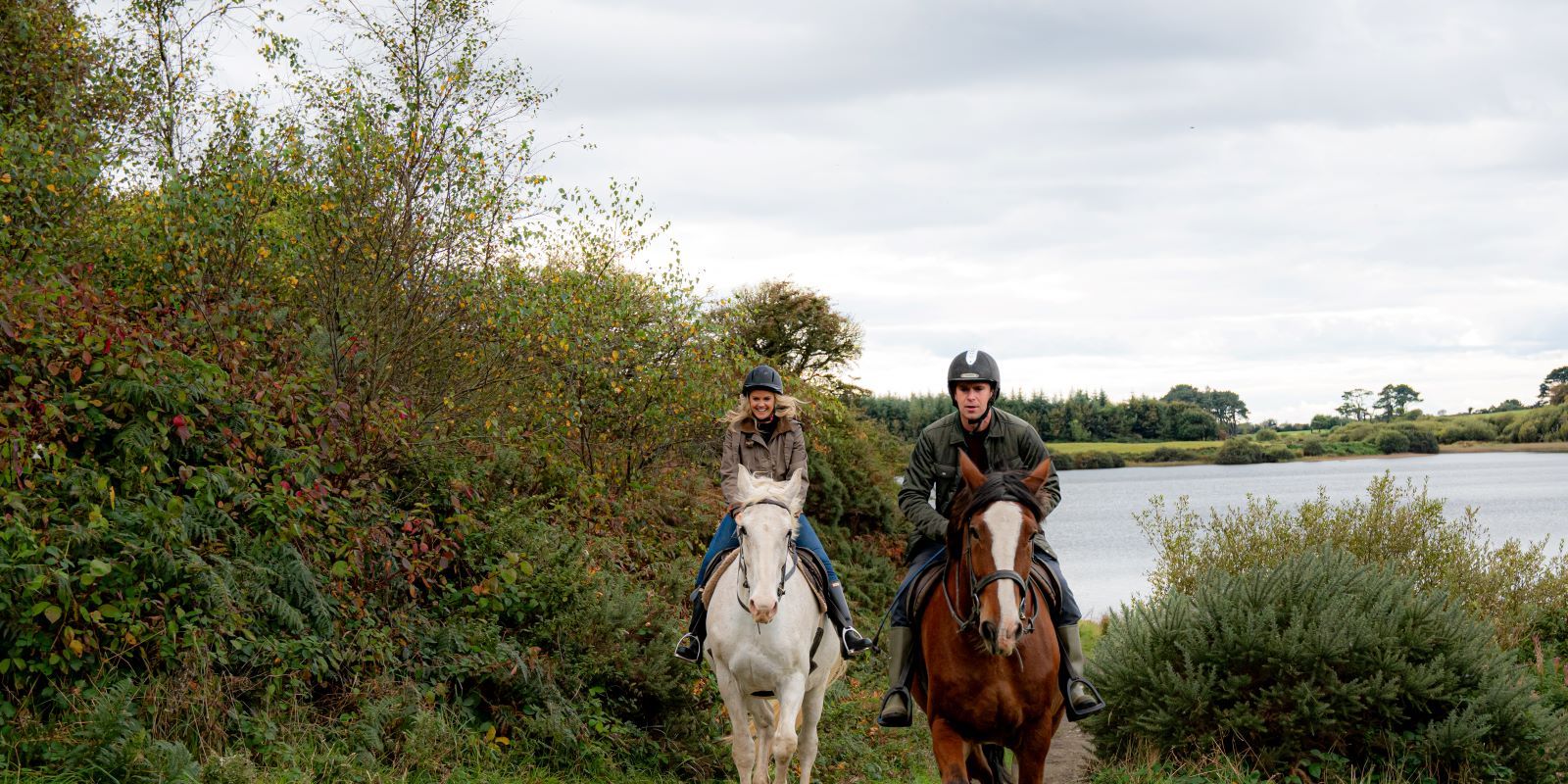
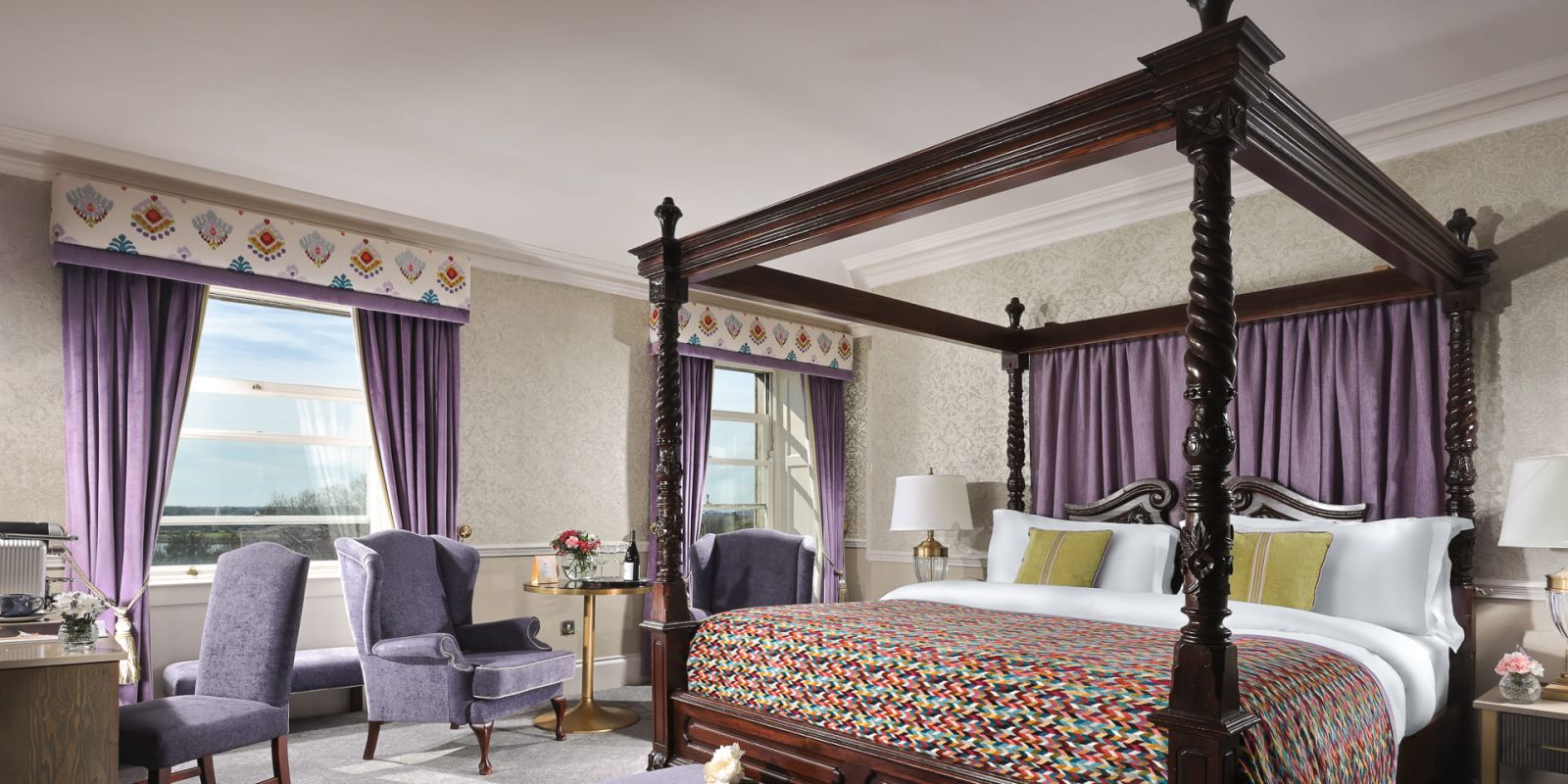
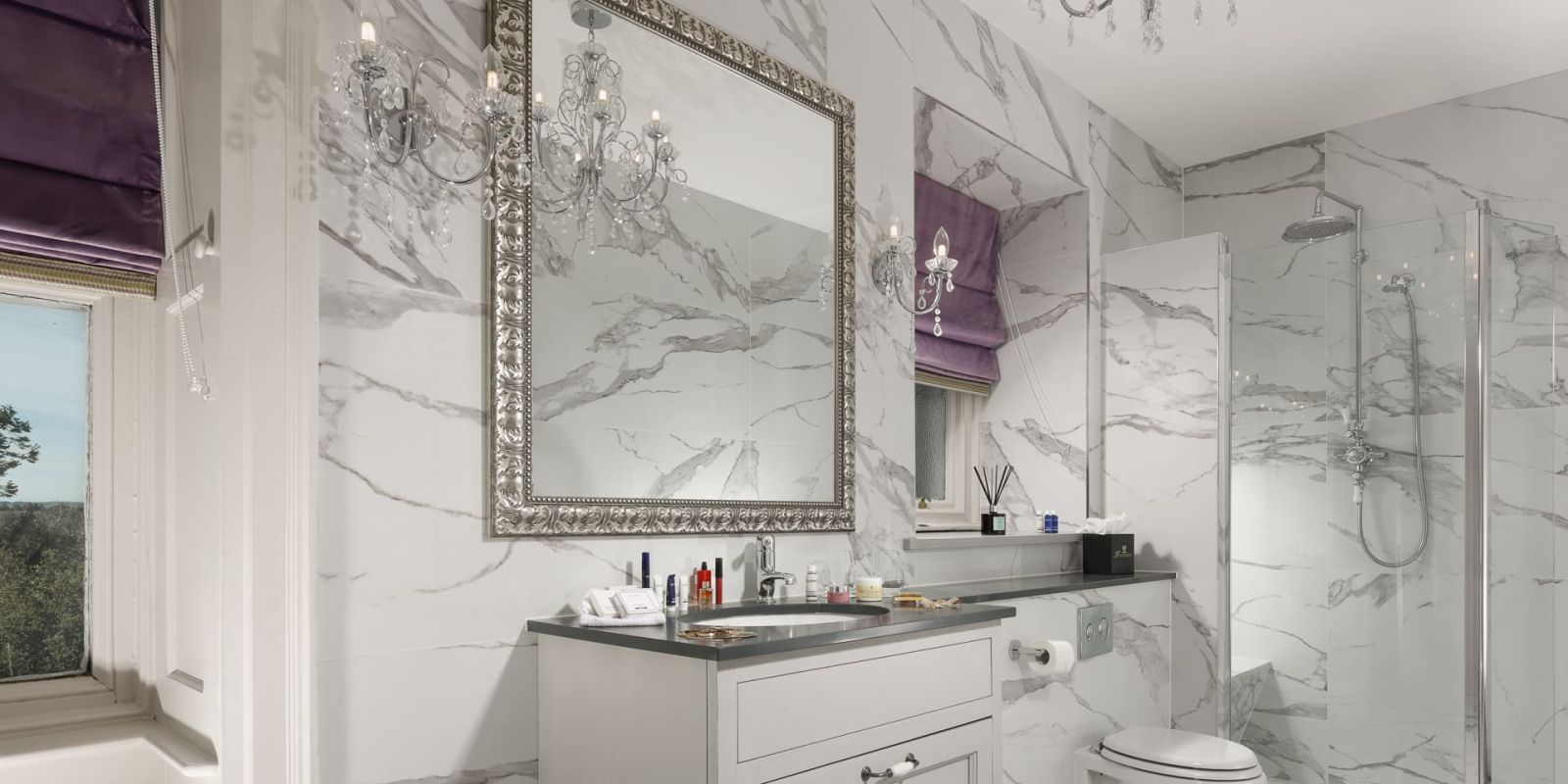
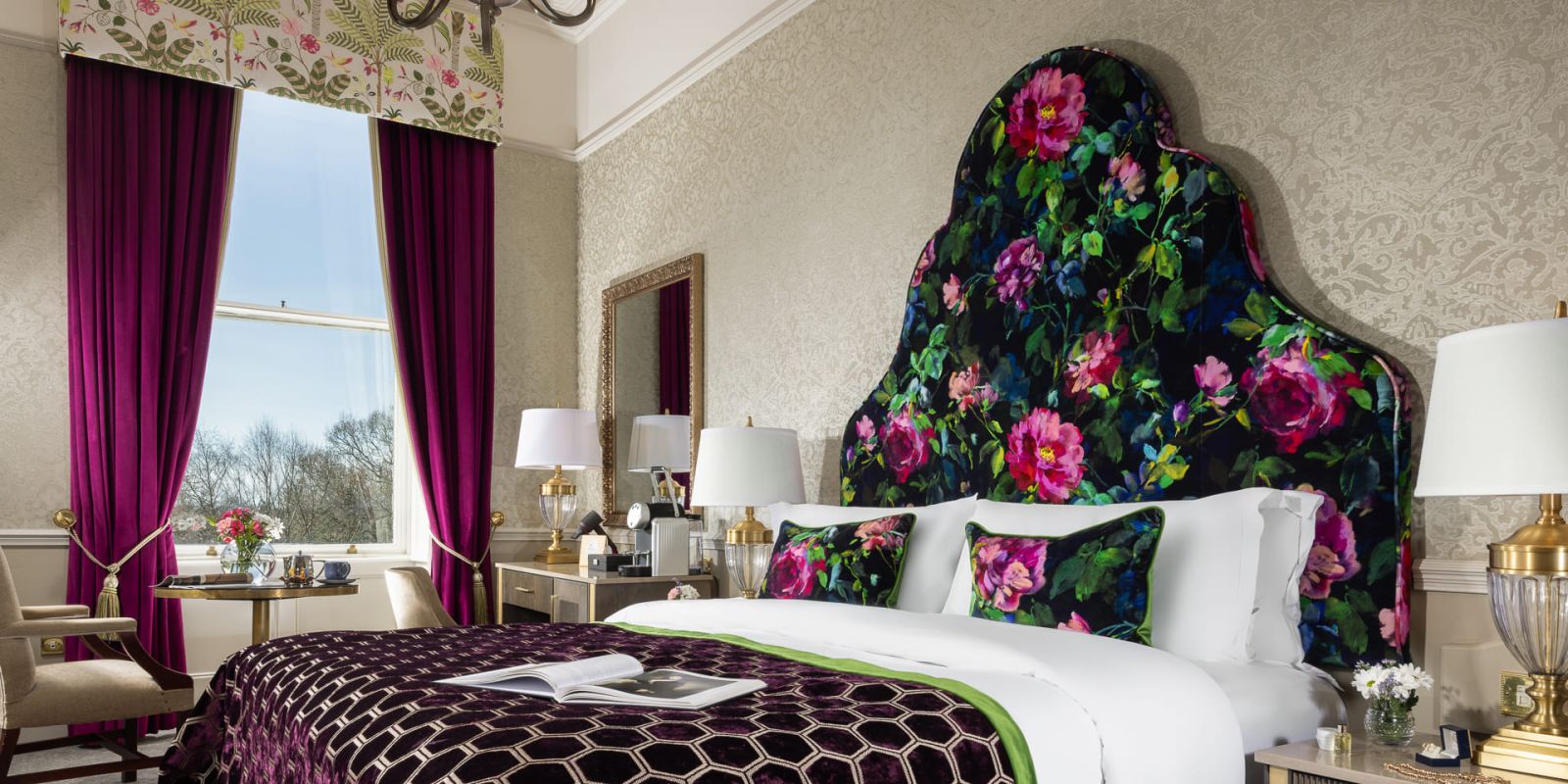
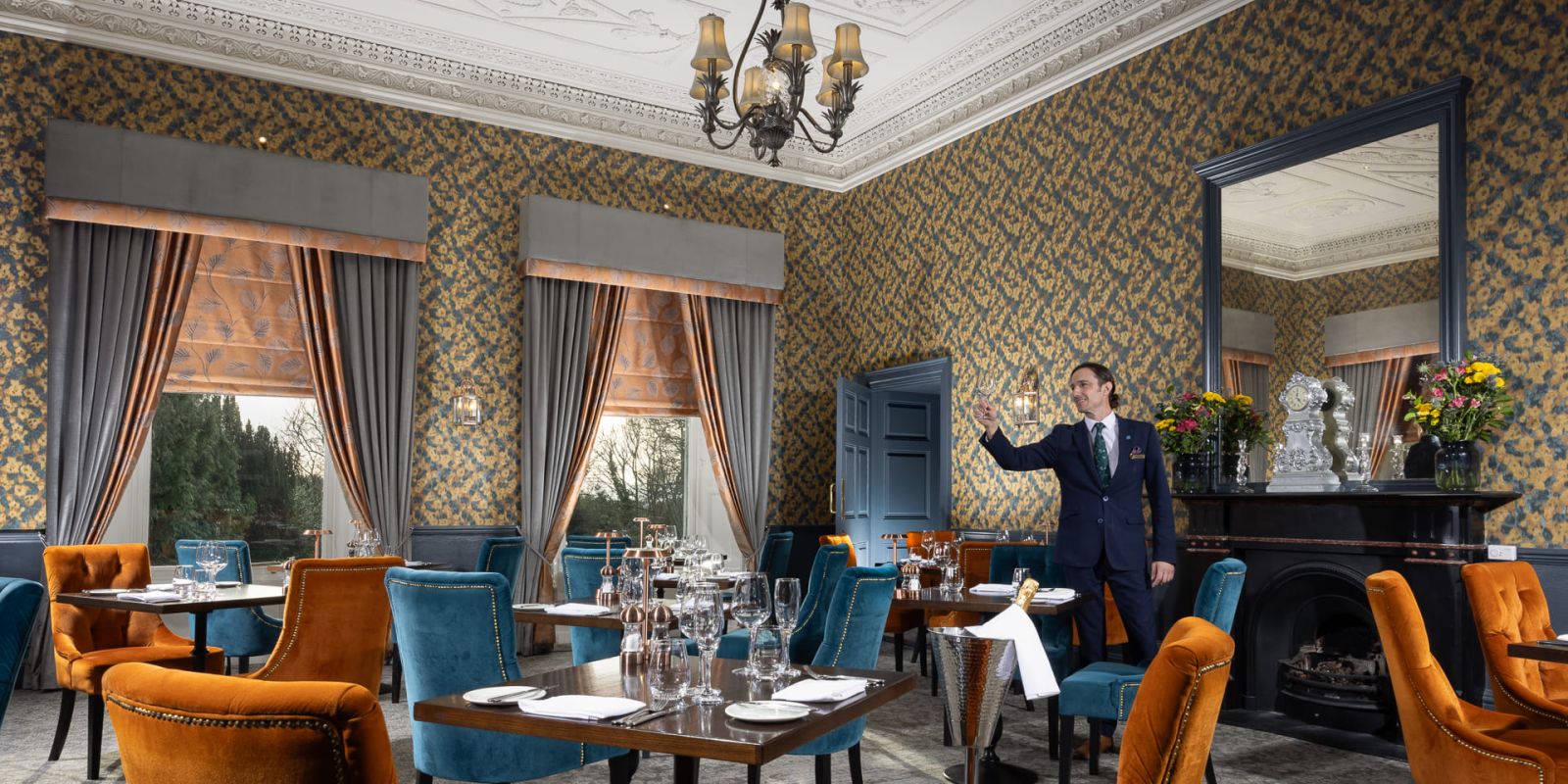
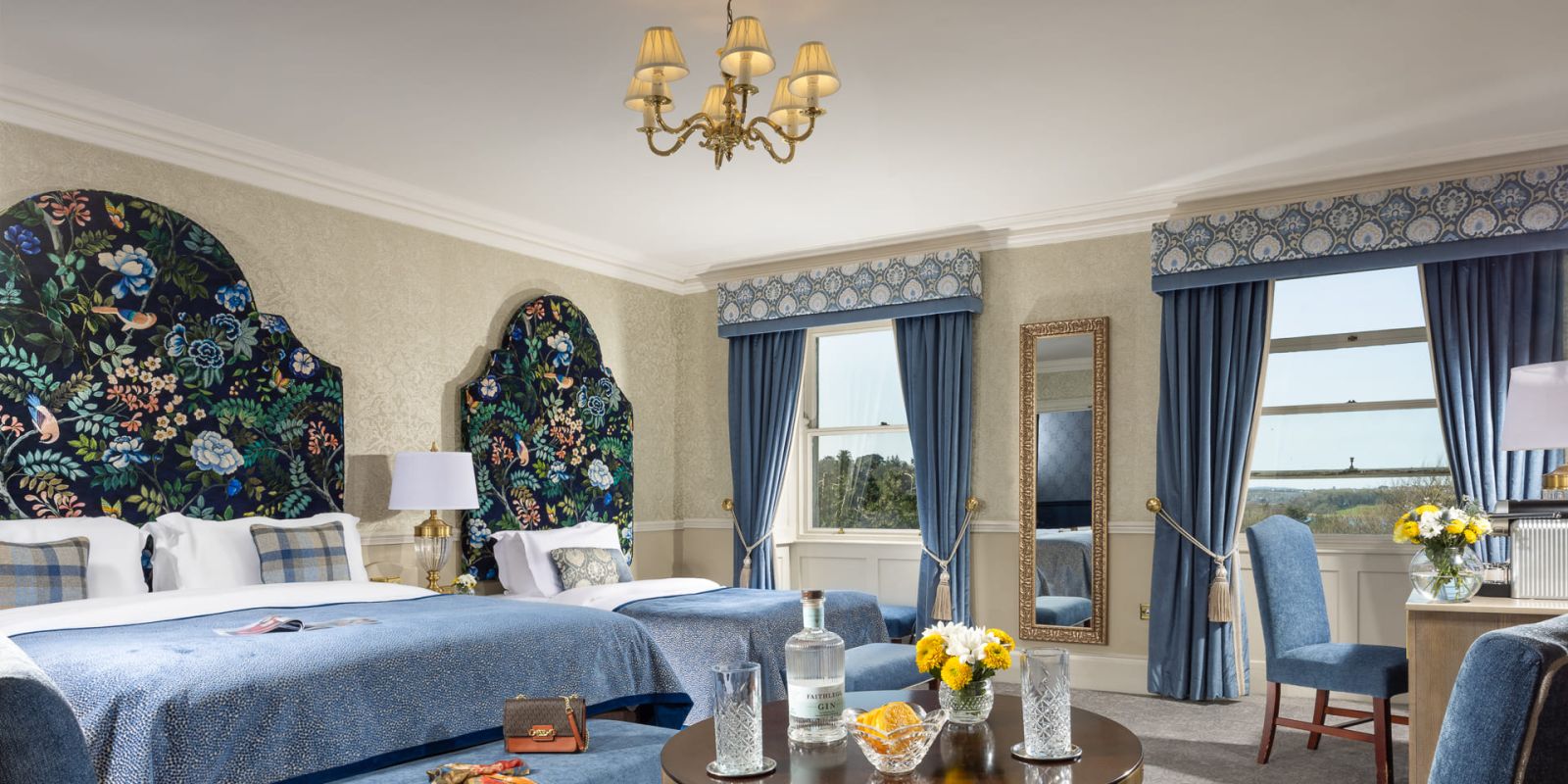
 Gift Vouchers
Gift Vouchers